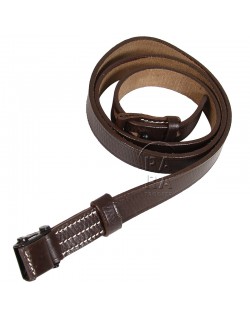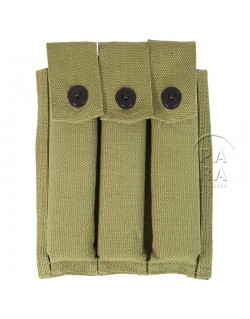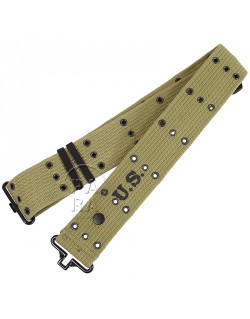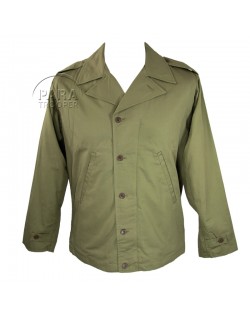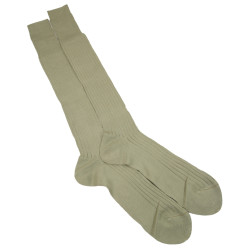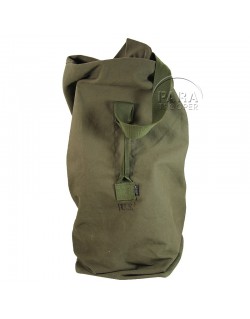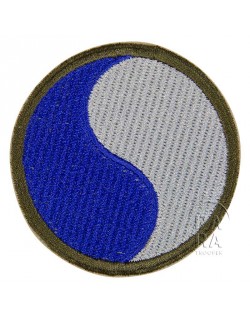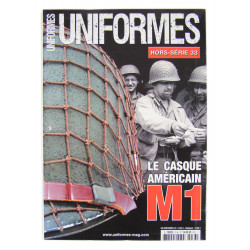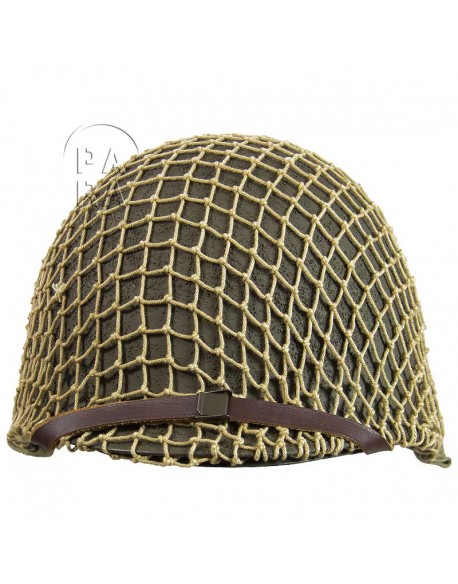






(2 reviews)
Helmet, M1, fixed bales, complete, with net
€219.00
€199.00
Tax included
Post war USM1 helmet, with fix loops and replica canvas straps, repainted with an original type cork, delivered with liner and camo net (according arrival). Perfect for reenacting.
Early version commonly worn by all GIs in 1944.
Product Details
US 01 120C PRO
Customer reviews
Reviews about this product
-
Un casque fidèle à l'original, idéal pour la reconstitution et de belle qualité.
-
RAS







